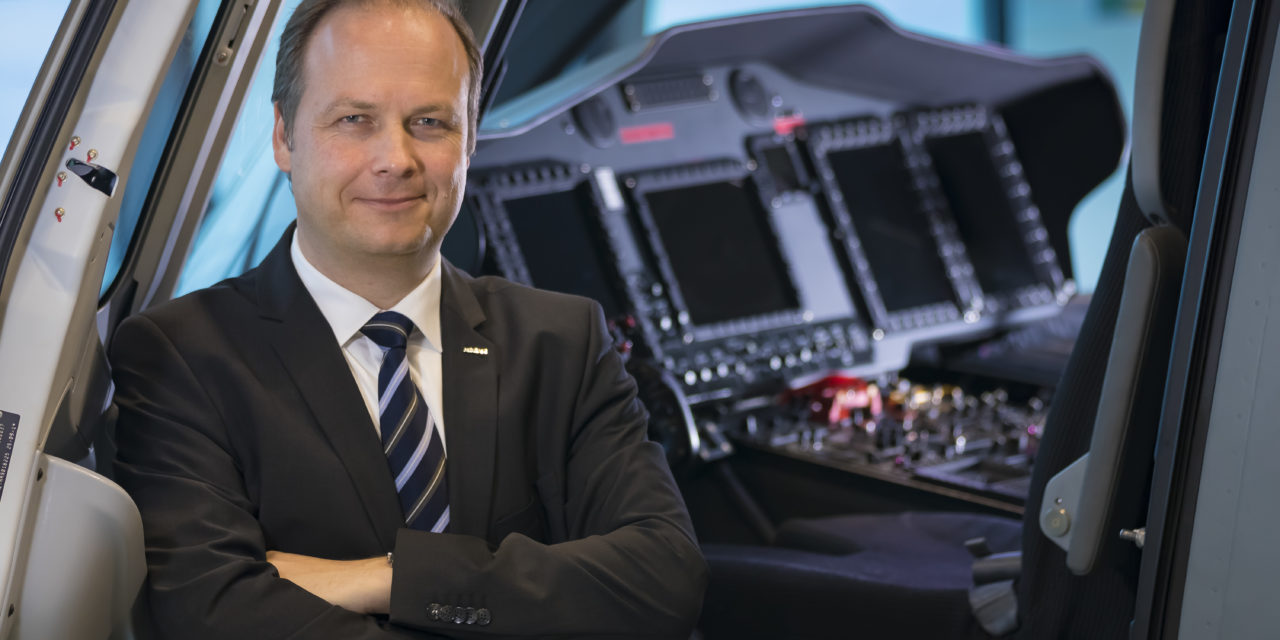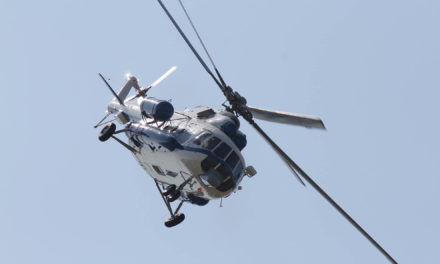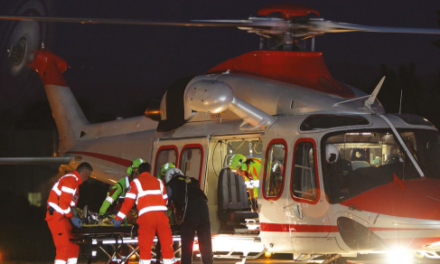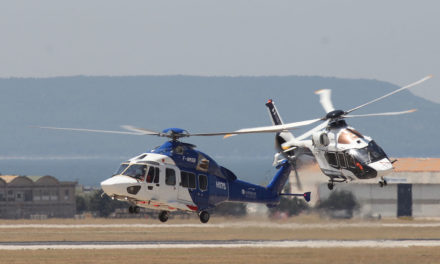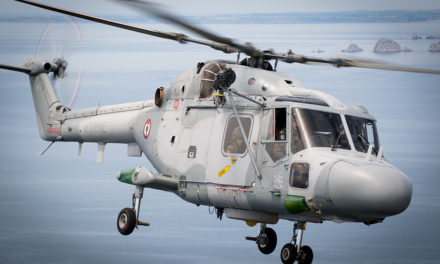By François Blanc
Christoph Zammert, executive vice-president of customer support and services at Airbus Helicopters, describes the events of the last four months of the current year. He talks about the role of the manufacturer in the development of specific technical solutions in the midst of the health crisis. He also explains how the spare parts supply intended for its customers never stopped.
HI: When did Airbus Helicopters take into account the arrival of a global pandemic?
Christoph Zammert: We went through two phases. And I imagine that we did as others have done, because the crisis, or pandemic, has its origins in China. We have a strong presence in China. We were confronted with this virus for the first time on our premises there; and confronted with the way China handled it. Early on, containment measures were taken, which disrupted our Chinese customers. But I imagine that like many people, we first saw it as a local phenomenon. Unfortunately, it didn’t stay that way. Quite early on, from the end of February, at the very beginning of March, when we saw the first cases in Europe, we understood that we had to face a global, worldwide pandemic, as we may have experienced during the SARS era, for example. We launched an internal reflection on the scope of the phenomenon, both for us, our business, but also for the business of our clients. At the same time, we were contacted by customers who started asking us questions. We have a tool that i allows us to capture all the questions asked by our customers, so we are able to see themes that appear, that are out of the ordinary. And we recorded several types of questions. In the beginning, everything was related to the means, products and procedures for disinfecting cabins. We started thinking about it. We talked to our colleagues in the group, both Airbus Defence & Space and Airbus Commercial, because they were facing the same problems. The theme itself was not new. So we were able to concentrate all this in a first information note that we distributed to our customers on March 10, 2020. As we went along, we updated tis notice, because we heard from operators that the recommended products were not readily available, or that the procedures were not necessarily suited to their operations. We have therefore took the opportunity to issue an update. After this period, the need arose to separate the cockpit from the cabin to exclude, or minimize, the risk of infection to the pilots. So we have undertaken several things. We looked at what was already on the market, in terms of STCs [Supplemental Type Certificates], and where this was not possible, where there was no solution adapted to the platforms in question, we developed solutions with some of our customers: we collected some good ideas from our engineers or from our customers. Thus, we have developed quick solutions, which we have subsequently certified with the authorities.
HI: Are you talking about the European Aviation Safety Agency (EASA)?
CZ: Yes, absolutely. So the first question was about disinfection. Then came the segregation of the cabin. But cabin segregation also means separation of ventilation flows in air conditioning systems. We have therefore developed solutions to block or segregate air flows where possible. Then we received questions related to the operators’ operations. Wherever possible, we proceeded to validate their technical solutions. For example, there is a need for electrical current transformers. In order to be able to transport patients with their ventilators, solutions had to be found to allow them to operate on 220 volts AC, not 28 volts DC. Either we proposed solutions that exist on the market or customers proposed solutions that they wanted to implement. We did analyses and then issued what we call “No technical objections”, technical approvals.
HI: Still under EASA?
CZ: Yes and no: through our Authorized Designer Approval, we can give a “No Technical Objection”. It’s covered by our approval. Between the first questions and the first structured answer, generalized to all operators, we took less than two weeks.
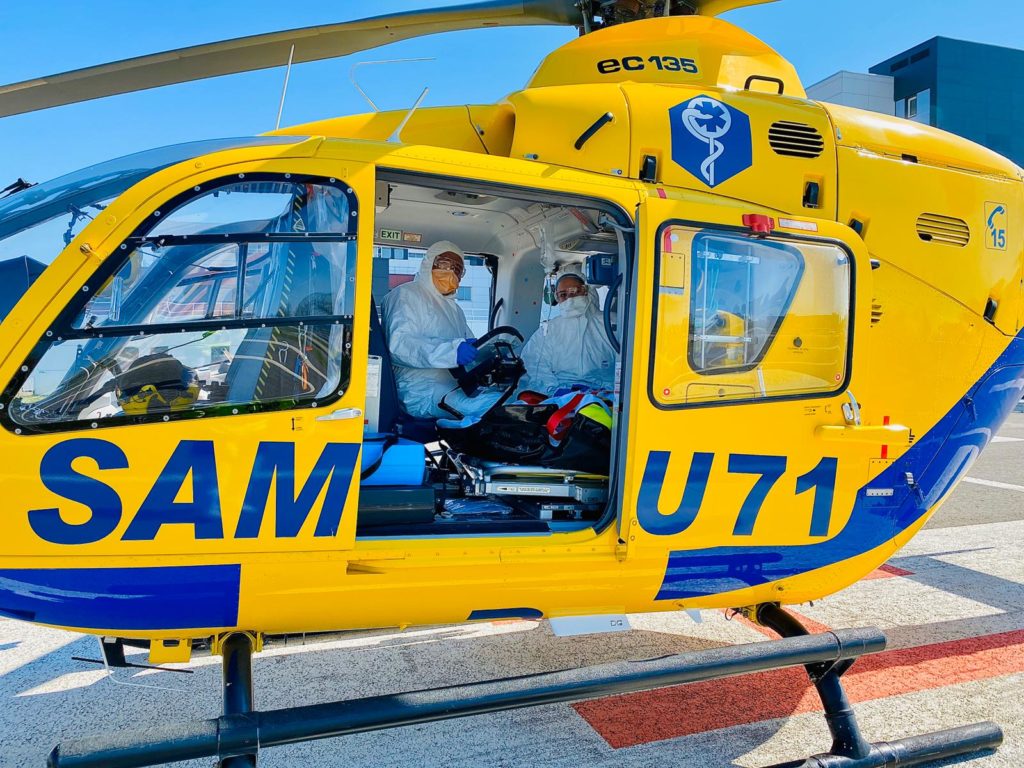
HI: Another sub-question: From which regions of the world did the first questions from come?
CZ: Europe. It was kind of like tracking the virus. The questions arrived in Europe from French, Italian and then German operators. Two to three weeks later, they came from North America. Faced with these demands, we have undertaken several things. We have published briefing notes through which we can easily reach all of our clients. But we have also reinforced our usual communication flow to our customers that we considered critical in this pandemic: EMS operators (patient transport), para-public operators (police) and military operators, in order to understand their needs and pass on a certain amount of information to reassure them, for example about our supply chain or our logistics situation at the moment. We also heard their questions and considered solutions to their problems, because being close to the customers is something that is important to us. This led us to update the briefing notes we had developed. Finally, we reached our critical customers at least once every two weeks through our network of customer support managers. So we’re dealing with about 450 questions a week. Many of them concern the world of medical transport – EMS, protection, disinfection, separation. Now the customers are changing. Because the implementation of these solutions proves to be costly. Secondly, we received more and more questions about what they call PID (Patient Isolation Devices), those kinds of cocoons that completely isolate the patient. Here again, we have issued technical approvals and given advice on the integration of this equipment in the cabin, power supply, oxygenation. All this concerns professionals who are fighting the pandemic directly. But there were also other requests, in connection with the French operation “Résilience”, when the government fleets began to be used. We’ve seen the NH90s, the Cougars and the Caracal come on the scene. Through our organisation, which manages the French customer, we have developed solutions adapted jointly with the operators. We have also received comparable requests from Germany and Sweden. In their case, we do not have the same airworthiness constraints, because it is often the customer himself who is his own authority in this area: he can more easily, not certify, but qualify the solution. At the same time, we have all other customers to manage – we follow 420 EMS, parapublic and military operators. We have noticed, through the questions asked, that an evolution is taking place: we are dealing with more and more questions about the temporary immobilization of machines. For example, in the United States, almost all tourist flights are banned by the government. Customers then want to place their machines in temporary storage. They sometimes show a willingness to anticipate some maintenance tasks. We are therefore taking a lot of questions into account in this sense. All this leads us to think about how we can be proactive in the prospect of deconfinement of helicopters, because if customers have immobilized machines for several weeks or even months in sometimes hostile environments (extreme cold, heat, humidity, salty air), we must be proactive in order to limit the risks associated with return to service as much as possible.
HI: What is the profile of the suppliers of the equipment you approve, in particular for separating cabin and cockpit?
CZ: These are companies we know. Usually, a supplier who has developed something, who has his own Supplemental Type Certificate (STC), wants us to validate this solution, to label it. We are in contact with a number of suppliers who hold a STC. On our Airbus World portal, we give access to a very large number of STCs, those that we have labelled. Sometimes large customers have developed their own solutions and submit them to us for approval.
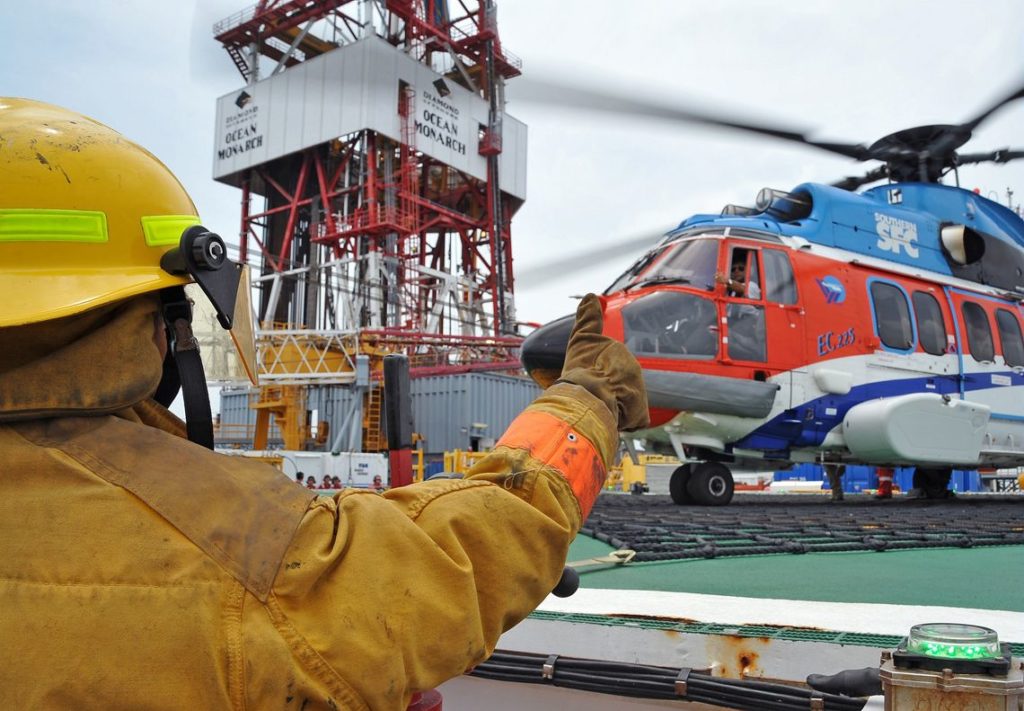
HI : From an aerospace manufacturing industrial point of view, has this health crisis event changed the situation?
CZ: Everything works! All our production sites, assembly lines, spare parts, are running, but at a slightly slower pace. Why? A number of staff have to keep their children as long as the schools are or were closed. On the other hand, we have people who are more or less in poor health, so they can’t take the risk of coming to work. Let us add that last March, for four days, we significantly reduced our industrial activities, the time it took to reconfigure the workstations, in other words, to put in place a system of team relief and cleaning procedures to limit or avoid the risk of infection as much as possible. We are quite proud of the fact that we have not had any cases of infection in the workplace. Our entire customer support business continues to operate. This is also important for us; and reassuring: activity in terms of spare parts orders and deliveries has not declined. Because in terms of global flying hours, we are seeing a slight decrease (by about 8%), because there are people who are flying less, or who cannot fly at the moment. But we are lucky: for the moment, we are very little affected. Suppliers have experienced some problems because they also have concerns about the presence of staff, or supply problems. That’s why we monitor our supplier network very closely to pick up any weak signals that could indicate a problem. But the vast majority were like us – they took the time to reconfigure themselves. Where difficulties have arisen, and we need to be agile and innovative, is in the area of logistics solutions. Because with all the commercial flights that have all but disappeared, we have lost a lot of capacity to transport parts. But we always find solutions, even if this remedy has become very expensive. It is also a way of supporting our customers: we do not pass on these increased transport costs in our invoices.
HI: 8% down, that seems very little. How can I explain it?
CZ: Already the Airbus Helicopters fleet is very diversified. The parapublic, military, EMS sectors continue to fly – sometimes even more than before. The Oil & Gas sector is very much affected by the consequences of the fall in the price per barrel. However, because it also has exceptional passenger separation provisions, operators have to operate more machines with fewer people on board. We will see how the flight hours will evolve over time.
HI: Does that mean that the share of tourist flights is quite low in any case ?
CZ: Yes and no. For example, when we look at Hawaii, the Grand Canyon in the United States and these kinds of air operations in the northern hemisphere, they tend to be more active in the summer. So the season is still to come. In Europe, we were rather at the end of the heli-skiing season. The consequences of the health crisis have therefore been, and are still being, weighed.

